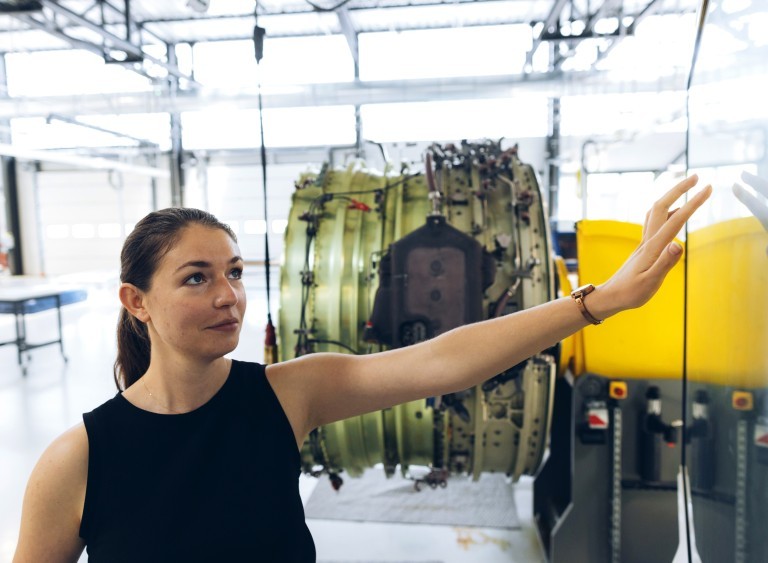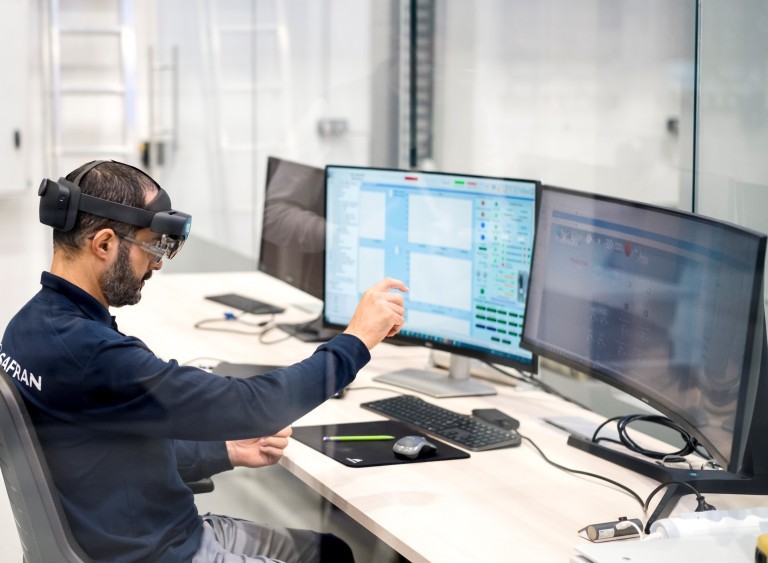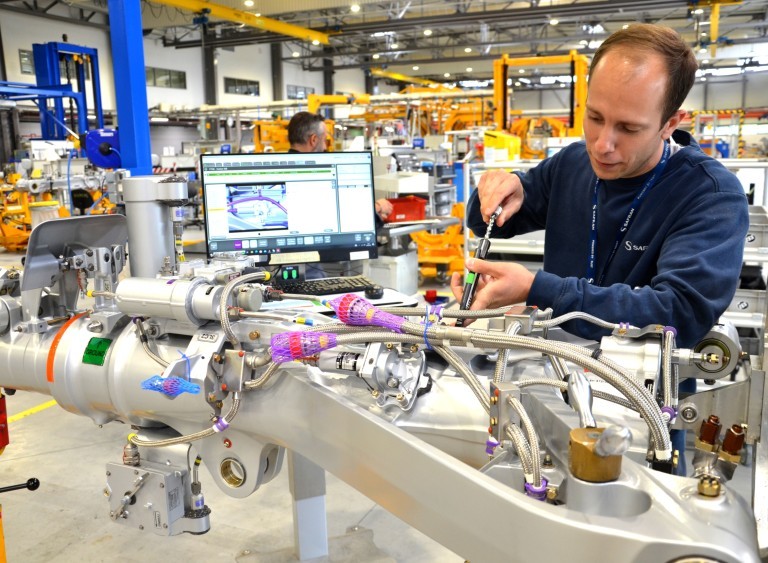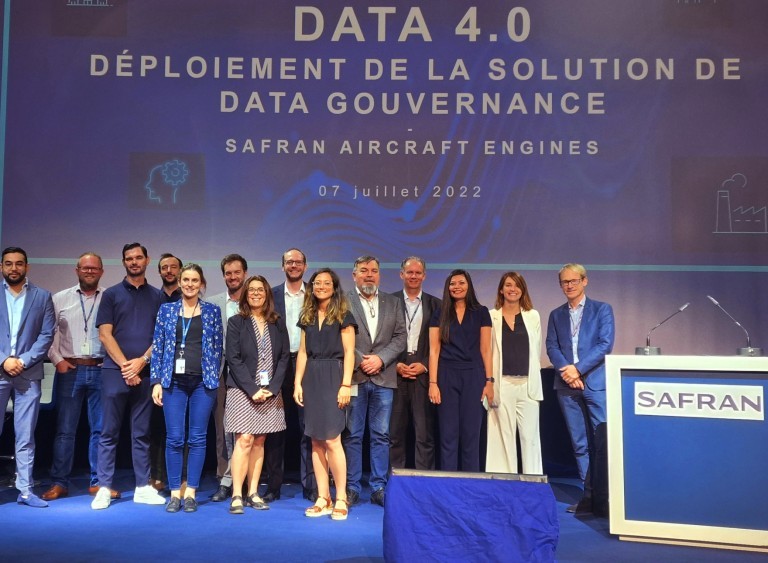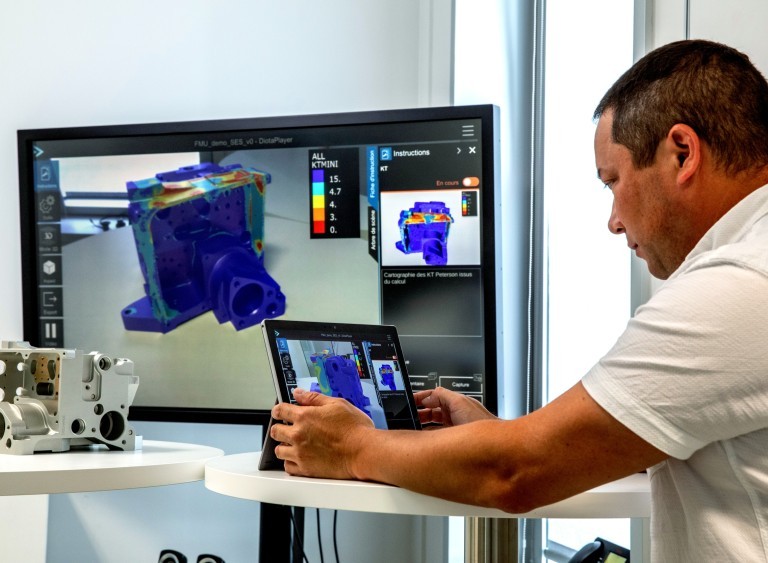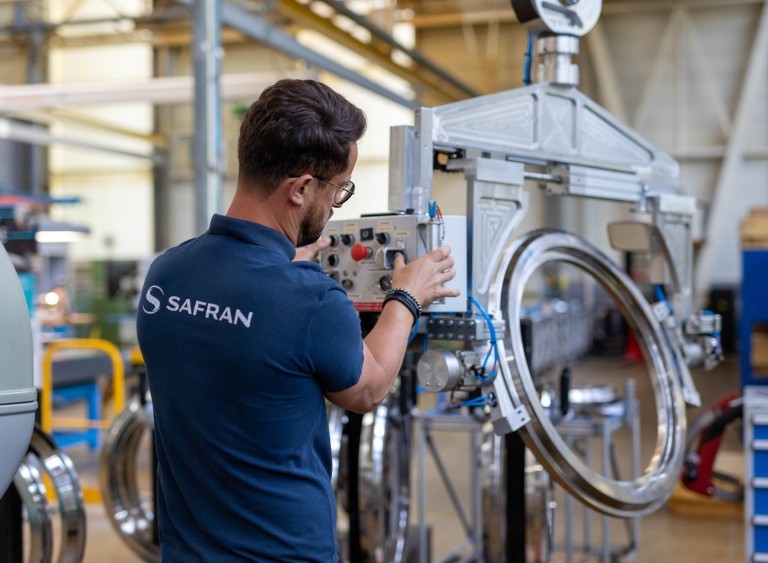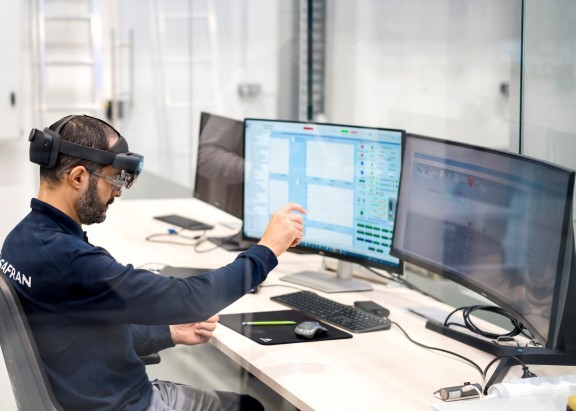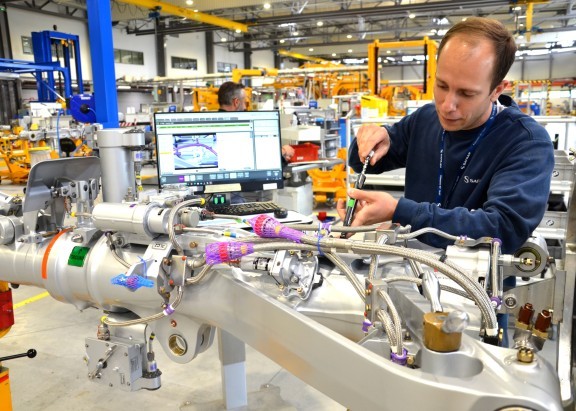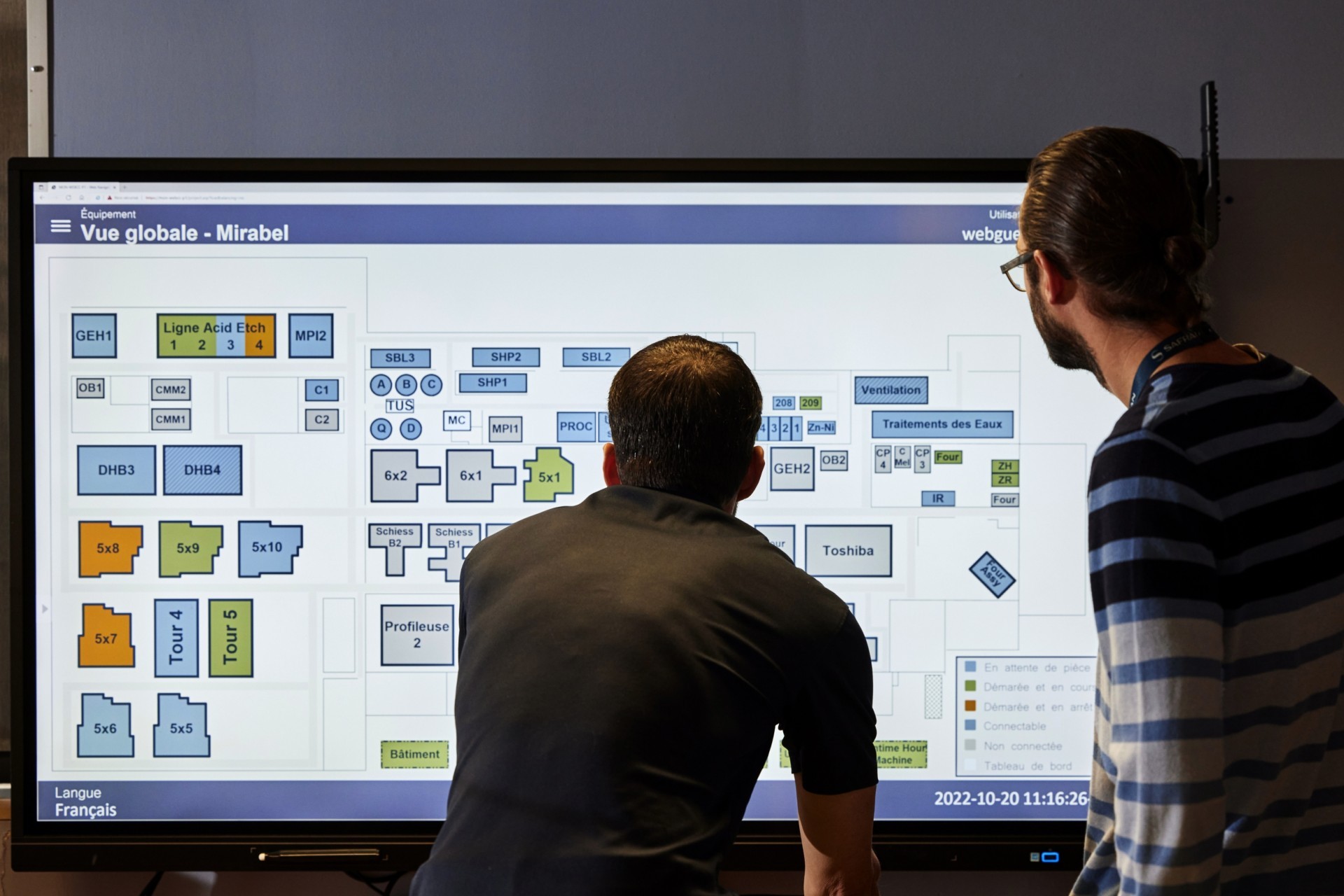
Connected equipment paves the way for Manufacturing 4.0
Manufacturing 4.0 introduces digital technologies to transform the way we manage production in the digital age, and the Manufacturing Control System (MCS) is playing a decisive role. We visit the Safran Landing Systems facility in Mirabel, Montreal, Quebec, which is pioneering this new approach.
- Perspective
- At a glance
- Discovery
The entrance lobby sets the stage. Two screens show Mirabel’s performance with real-time readouts of safety and quality metrics, LEAN rollout and ROG(1) (red, orange, green) coding of industrial and office equipment. Inside the plant, each workstation gives access to a bird’s-eye view of production equipment status. With one click, operators can view details about any machine or any part in production.
Tangible results
At Mirabel, all useful data is captured, analyzed and exploited via a dedicated platform which is fed by various systems. The Manufacturing Control System (MCS) collects all the relevant data from production equipment: operating status (in use, on standby, stopped, etc.), temperature, electric current, and so on. The MCS also gathers data from connected sensors that monitor parameters such as vibration, humidity, valve positions and leak detection. All this valuable information helps ensure the quality of parts produced and supports machinery maintenance. “We implemented the MCS system five years ago with tangible and quantifiable results: better planning of operations, fewer poor-quality issues and savings on maintenance costs, thanks to preventive and predictive maintenance,” says Crystian Darveau, the site’s general manager. “Our initiative was adopted by Safran Landing Systems at company level in 2021 and we’ve since been appointed project lead and asked to standardize the project so it can be rolled out at all sites.”
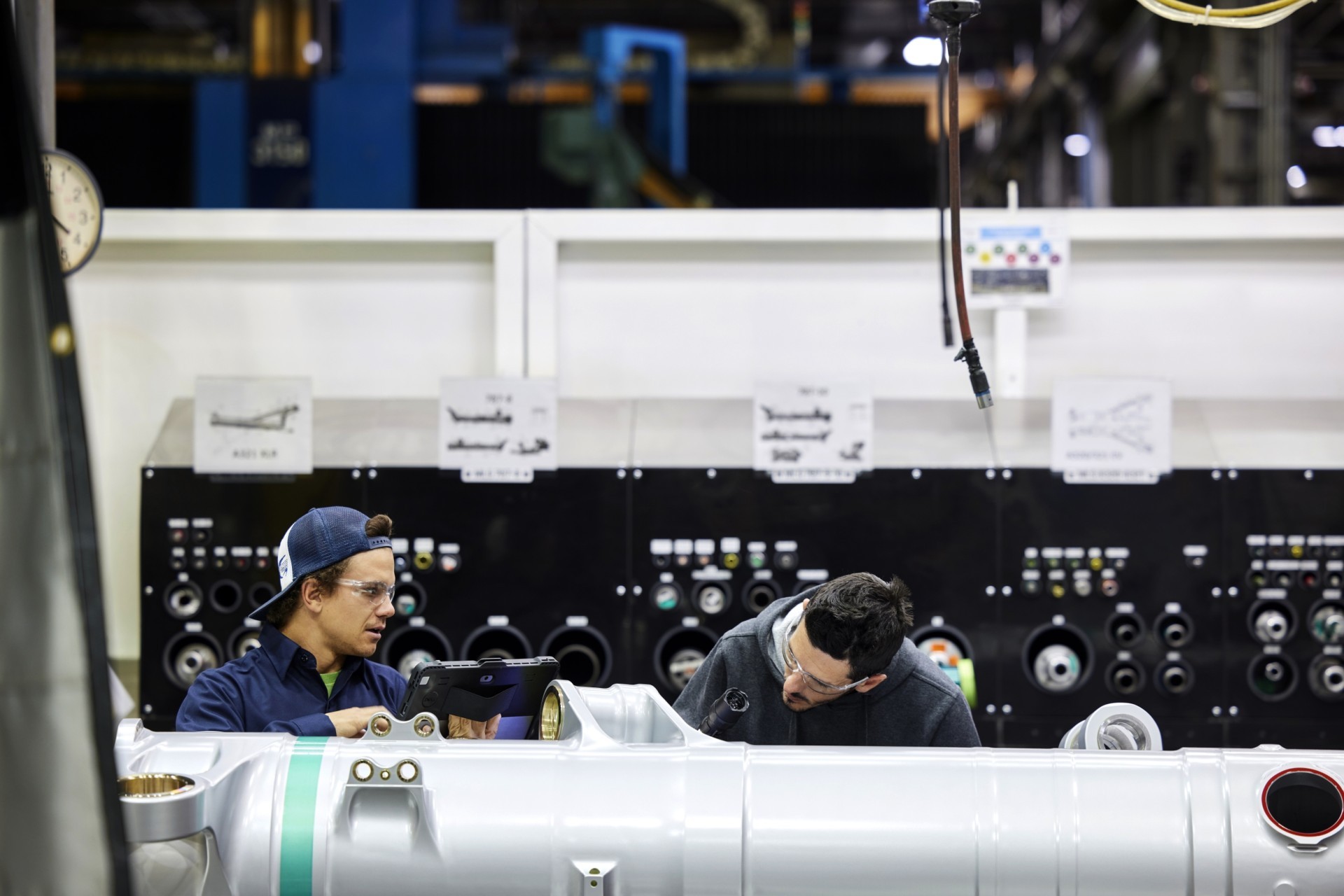
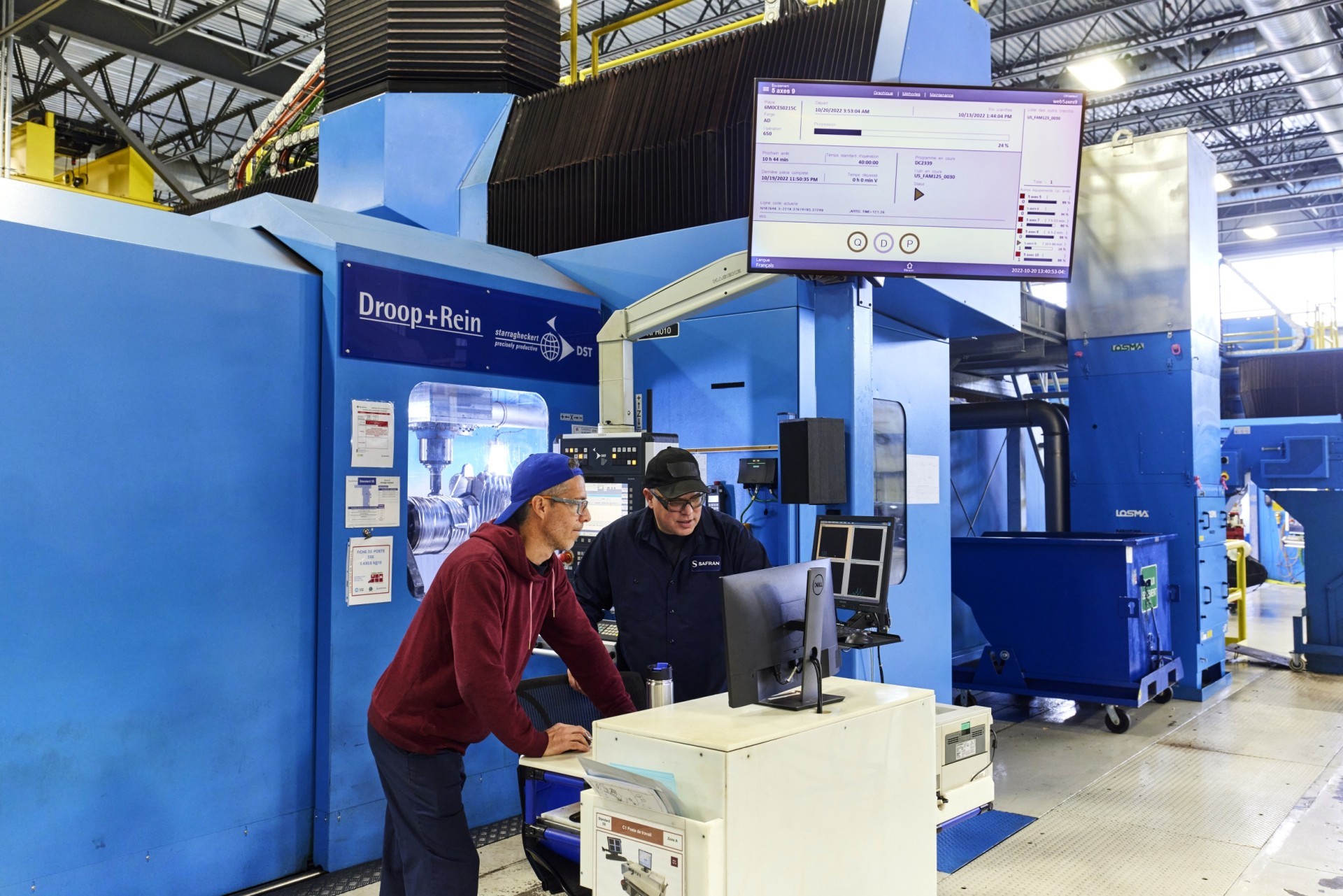
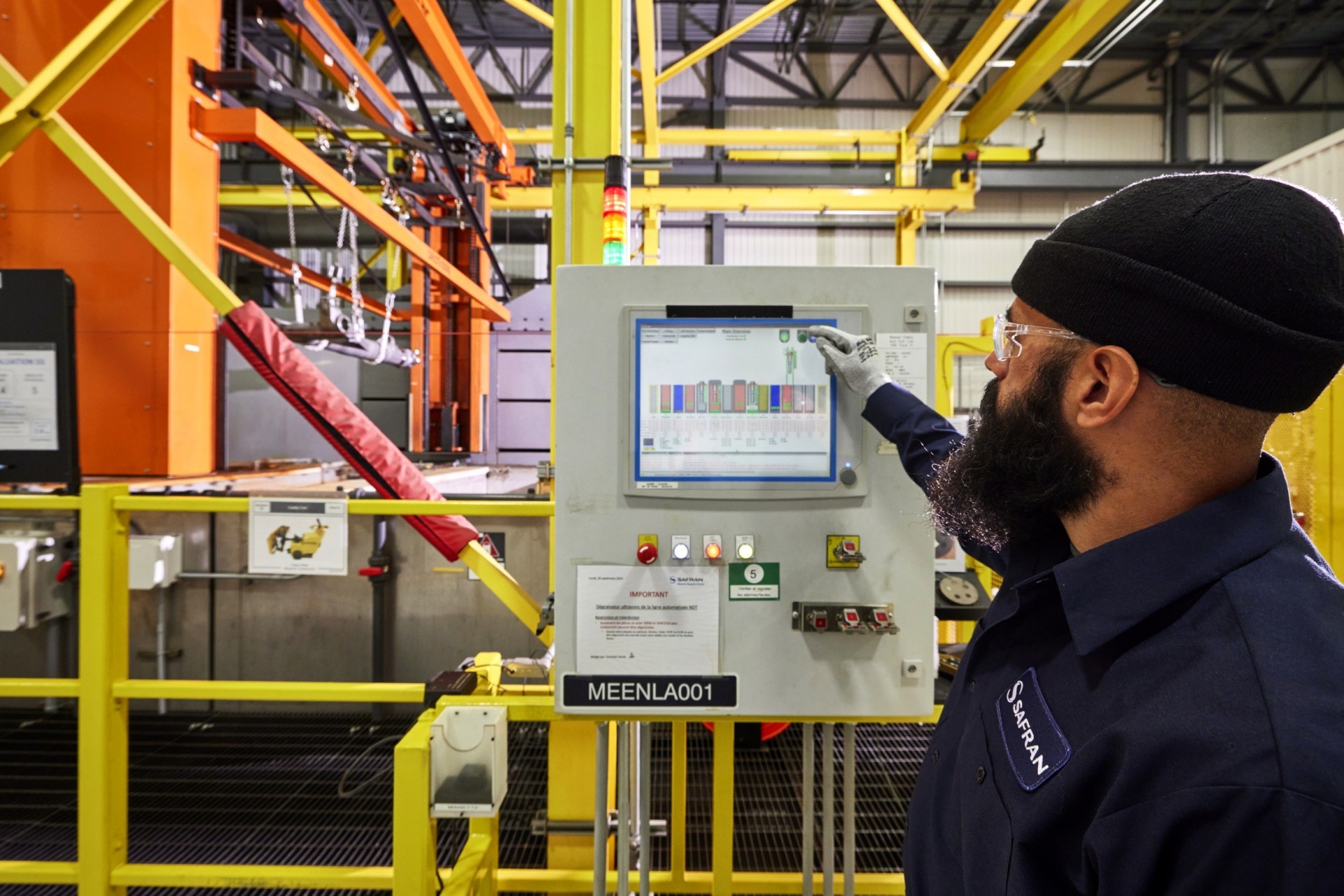
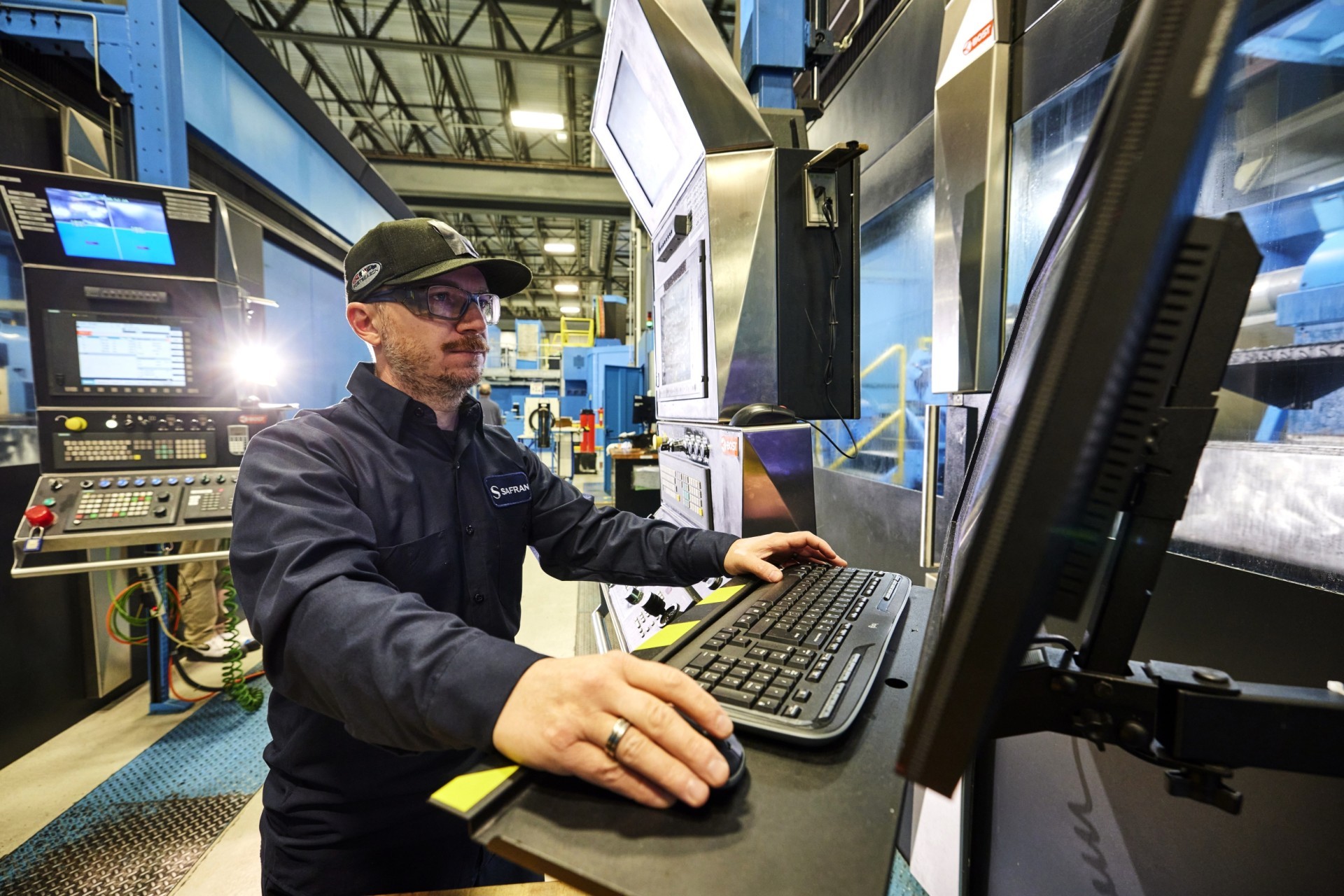
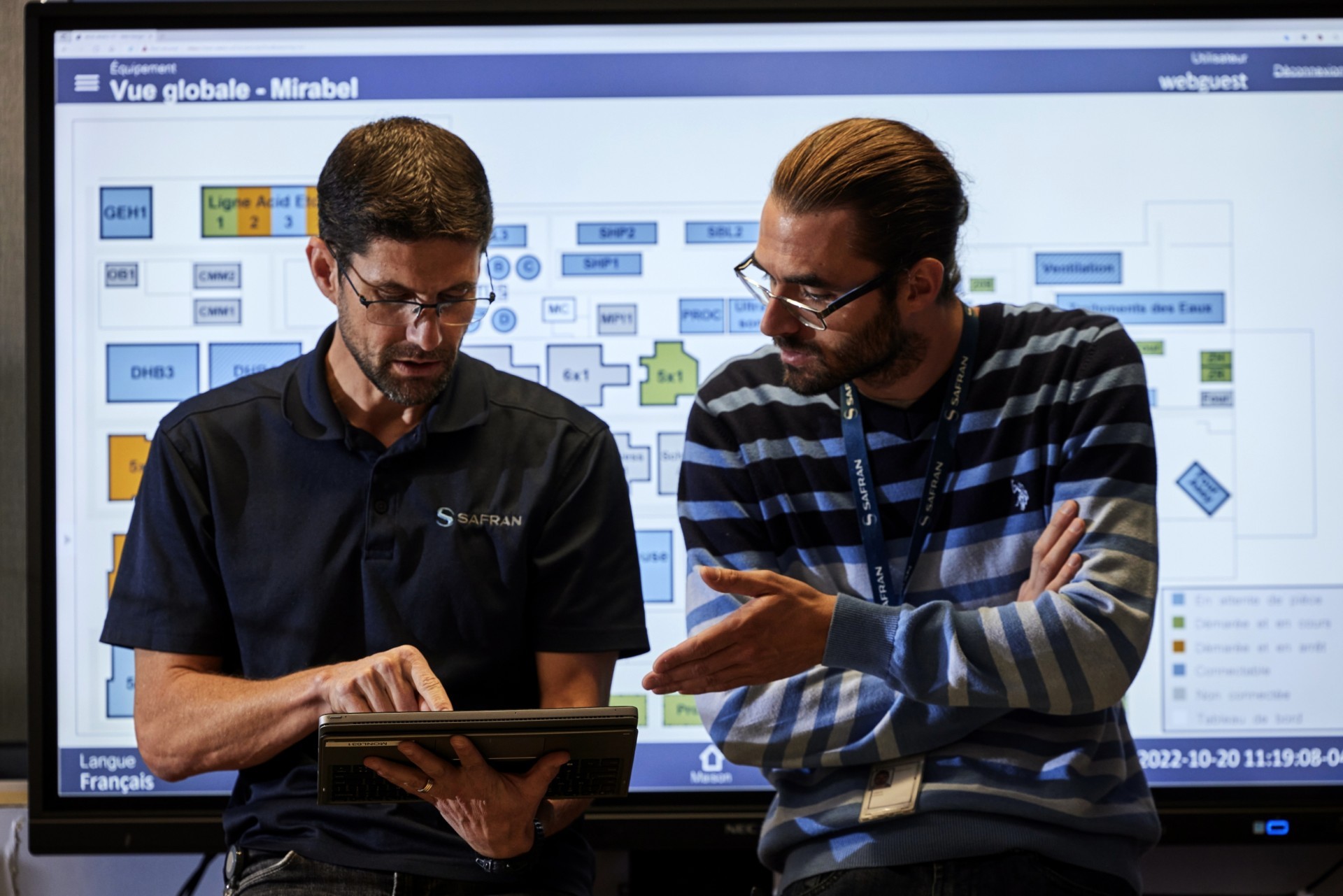
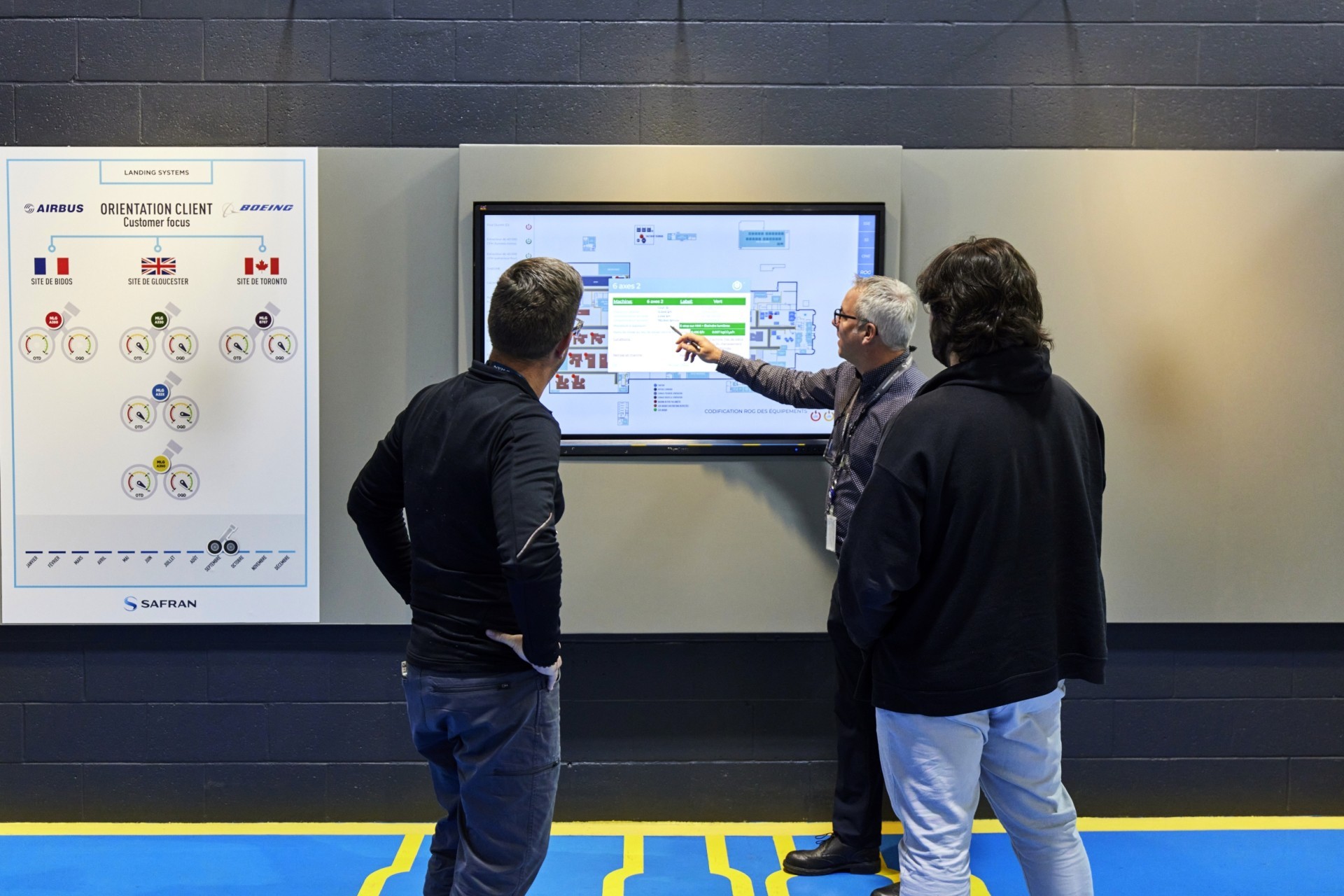
66% of equipment connected
Implementing the MCS system called for rigorous methodology and specific expertise. The first step was to put together a dedicated team. Then, the team identified which equipment could be connected and prioritized the rollout in line with the intended return on investment. Next, they talked to the methods and maintenance teams in order to understand their requirements, identify the most relevant data and design a data processing architecture, in compliance with cybersecurity guidelines. Lastly, they created a platform tying together the data from all the enterprise systems — the MCS but also the company’s MES(2), ERP(3) and QMS(4) systems — which is a prerequisite for effectively correlating data and leveraging maximum value.
This is because the MCS is part of an ecosystem of related applications, all of which rely on and create value from equipment connectivity. One example is in process geometry inspection by probe, which lets operators verify the geometry of machining centers on five axes and the exact position of parts in the machine before launching production. This used to be performed manually, but checks are now fully automated. If a problem occurs, the operator is alerted — as are the methods and maintenance teams, so they can respond faster. Another example is efforts to reduce the energy consumption of industrial equipment, part of the company’s broader low carbon policy, using data from the sensors in place.
To date, 66% of production equipment at Mirabel is connected. Future investments will further increase this figure. The next step in 2023 is to move all data currently hosted at Mirabel to the dedicated Safran environment in the AWS Cloud, which will make it quicker and easier to share applications across all Safran Landing Systems facilities worldwide.
(1) Indicates whether, and under what conditions, a machine can be shut down when not in use, in order to save energy.
(2) Manufacturing Execution System (for traceability, production monitoring, etc.).
(3) Enterprise Resource Planning: type of production management system used to organize systems and resources.
(4) Quality Management System.



